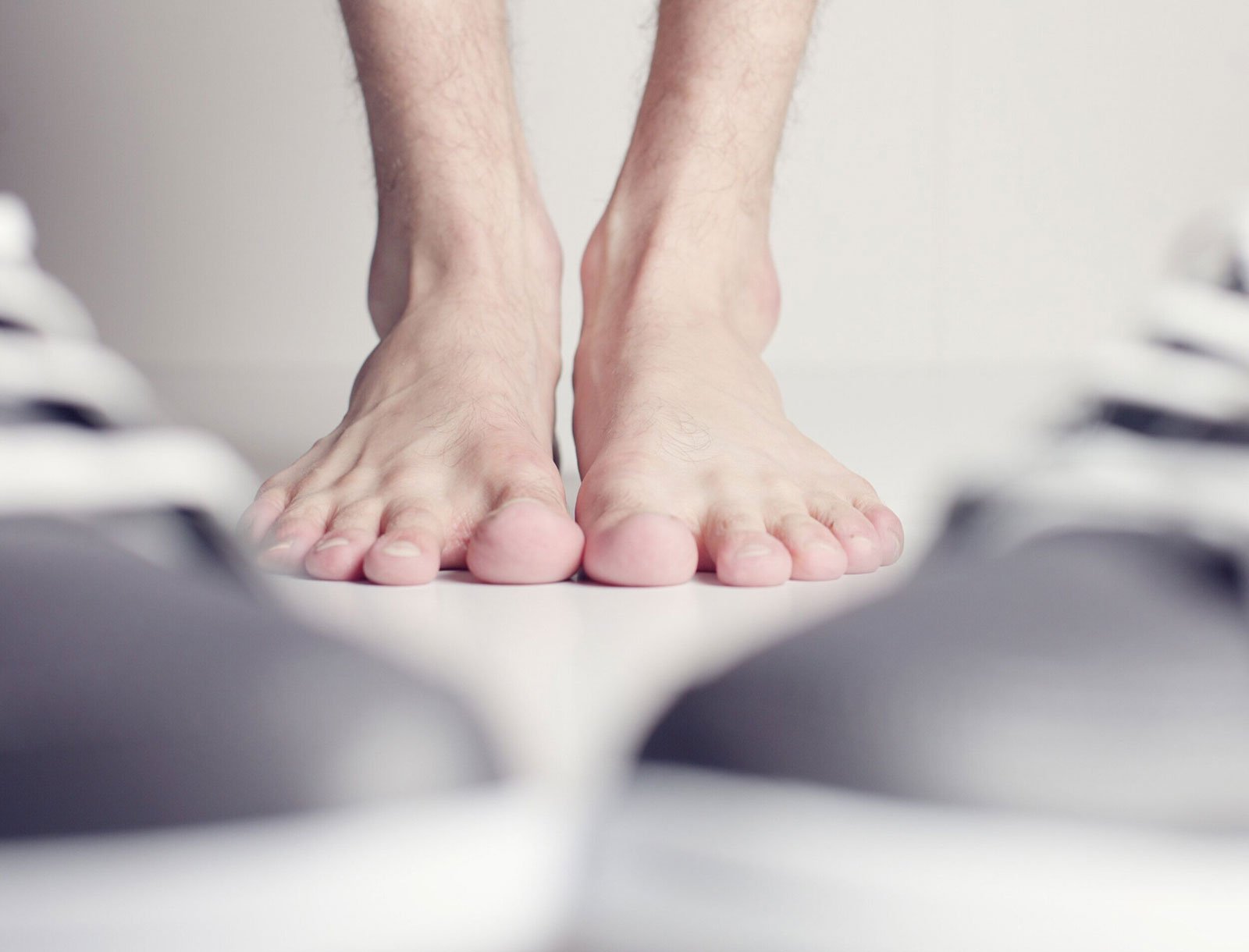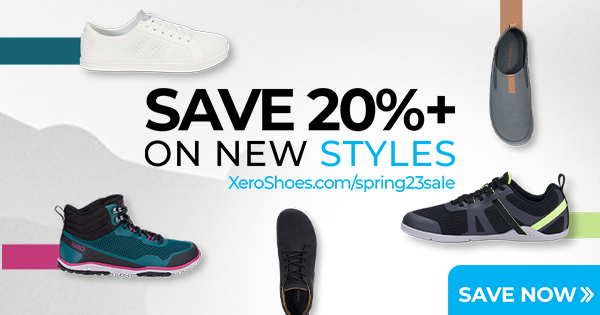Your Feet Are Your Foundation: How Building Strong Feet Can Help You Live Pain Free
Before we talk about pain relief, sit down, and take your shoes off. Now put your feet flat on the ground and spread out your toes. That’s better; we are going to address pain relief from the bottom up, starting with your feet.
People often neglect their feet, yet if your body was a building, your feet would be the foundation. I’m not much of an architect, but without a strong foundation...buildings collapse.
Your foot and ankle contain some of the most complex anatomy in the body and are composed of twenty-six bones and thirty-three joints designed to help us balance, maintain posture, and interact with our external environment.
Yup, interact with our external environment; they are designed to give feedback to the brain about the terrain, the angle of the ground, and how the body should react accordingly. Putting on socks and shoes is like wearing two layers of gloves and then trying to go about your daily activity as if nothing is wrong. Something is very wrong.
Modern-day footwear is slowly crippling the population. Almost every shoe on the market today comes with an elevated heel and a toe box that allows for little wiggle room. Having your heels raised and narrow-looking feet have no benefit apart from style. It doesn’t trick people into thinking you are taller or sleeker; it does, however, tighten your tendons, decrease your ankles’ range of motion, and negatively impact the position of your hips, which, in turn, can lead to lower-back pain.
The two biggest offenders are high heels and flip-flops. Both change your natural gait and force your toes to be all scrunched together. If you have ever suffered from plantar fasciitis, toe cramps, or any other foot-related pains, I implore you to remove these options from your wardrobe. Gentlemen, don’t think you are safe because you never wear high heels or flip-flops; the heel raising and the scrunched-up toes apply to your shoes, too, albeit to a lesser degree.
The best thing you can do for your feet is to be natural. Spend time barefoot, and try to spread your toes apart. There are products that help you do this such as yoga socks and spacers. Spreading your toes is important because it increases the circulation through your entire foot.
Better circulation in your feet can help relieve symptoms from plantar fasciitis and help prevent future injuries. No matter what, spending time barefoot can help with the health of your feet and ankle and go a long way toward avoiding bunions.
It is important to note that it isn’t feasible to instantly transition from a life of elevated heels and scrunched-up toes to the freedom of walking naturally, for a number of reasons:
You probably live in a concrete jungle, where the ground is unnaturally hard and unforgiving. Grass has give, even gravel has give, but concrete doesn’t give at all. If you go from your nice padded shoes to a minimalist shoe on concrete, the transition will be unpleasant and put you at risk of injury.
It’s not socially acceptable to be barefoot all the time, and, while minimalist footwear has expanded its market outside of purely fitness wear, they don’t look anything like a pair of Hugo Boss. Style is still a factor when dressing for events, and you can definitely find some minimalist casual wear but nothing fancy.
Your feet and ankles are weak. The fact of the matter is all this time with your feet imprisoned in unforgiving shoes has left your foot and ankle muscles atrophied. You cannot safely make the transition to minimalist footwear until you build up some strength.
In the shoe game, minimalist footwear is referred to as “zero drop” (a term in reference to the heel drop, which is actually the heel’s elevation, but it just means it’s flat). A person with strong, healthy feet can grab a pair of zero-drop shoes and start wearing them for a few hours a day. Alternatively, if you have a long-standing relationship with flip-flops and high heels, you can start your transition by grabbing a workout shoe with less elevation. There are plenty of athletic shoes that sport a heel of only four millimeters and can be used as a literal stepping-stone toward your foot health.
If you currently suffer from any kind of foot or lower-back pain, I urge you to consider a transition to more natural footwear, as your choice of footwear may be the root of the issue. Some lower-back pain can be resolved within a few days of changing footwear; however, if you currently have foot issues, your path to salvation winds a bit more. I still urge you to consider a transition to minimalist footwear, but it isn’t something you can begin while in pain. However, you can begin to mobilize your feet and improve their circulation.
Foot Mobilization at Your Desk
Now that you’ve made the decision to free your feet from their bonds of oppression, you may find that, in addition to being weak, they are also immobile. Mobilizing your feet isn’t as daunting a task as it may sound, because unlike any other stretching, you don’t have to even get up to do this. As you already know, I would still suggest getting out of your seat whenever possible, but you can truly do these in a chair during a meeting without anyone being the wiser.
In appropriate work shoes, your feet are in an almost-constant state of dorsi-flexion (toe toward your shin), and sometimes work shoes even limit your range of motion when attempting any other position. Since you’ve been stuck in that position all day, intentionally stretching the tops of your feet is going to feel great.
This can be done seated or standing with varying degrees of intensity.
Once we hit the top, we are going to hit the bottom. The best way to mobilize the bottom of your feet and arches is with a golf, tennis, or lacrosse ball. Simply stand or sit with the ball under your foot and work it through the arch and ball of your foot in a slow, methodical way, taking long pauses on points of particular tightness or tension. Hold tight on the tense spots until the tension dissipates.
Remember, your feet are your foundation, and, just like a building, you stand the strongest on level ground. Constantly changing the height of your heels changes your stride, and your hips and back have to adjust to compensate for that change. This slight adjustment caused by the height of your heel could be playing a role in your lower-back pain.
If you enjoyed this article, you might also like:
Standing Desk vs. Exercise Ball
Are Xero Shoes Good For Lifting?







